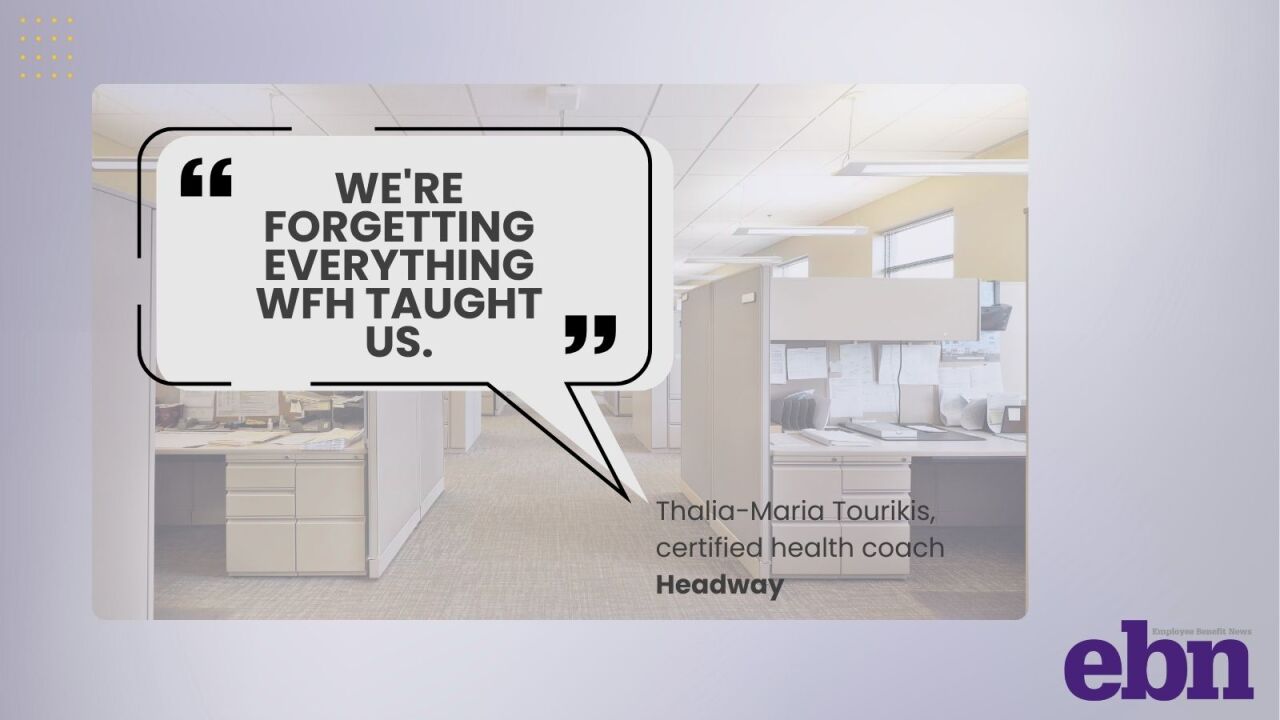Today's retirees are struggling to make their savings stretch. Could this be an opportunity for benefit managers to get ahead of the curve with their current roster of workers?
According to Schroder's 2025 U.S. Retirement Survey, retirees are increasingly concerned about their financial security once leaving the workplace. Only 40% believe they have saved enough for retirement, and 62% admit they are unsure how long their savings will last.
Inflation, unexpected healthcare costs, and market volatility are top concerns, with 92% worried about inflation eroding their assets and 86% citing higher-than-expected healthcare expenses. These financial stressors are taking a toll, as 36% report that money-related anxiety is affecting their overall health. Additionally, 25% have lost sleep over financial concerns, and 27% spend an hour or more each day worrying about money.
Read more:
Despite these challenges, the majority of retirees have not worked with a financial adviser or taken advantage of employee financial wellness benefits, and 44% have no formal financial plan in place. Benefit managers have an opportunity to provide these offerings to employees well before they plan their exit from the workforce, curtailing uncertainty in the future.
"Rising prices on essentials like housing, food and healthcare have significantly diminished the purchasing power and financial security of retirees," Deb Boyden, head of U.S. defined contribution at Schroders, said in a release. "The uncertainty that's currently plaguing so many retirees is a poignant reminder of the value of proper planning, products and personalized advice for a comfortable retirement."
The importance of robust retirement benefits
Employer-sponsored retirement benefits, particularly 401(k)s, remain one of the most widely used and effective retirement savings vehicles offered to employees. As of late 2024, the average 401(k) balance stands at $131,700, according to Fidelity, though this varies significantly by age group. Individuals aged 65 and older average $272,588.
Employees are making good efforts to save enough: The average combined employee and employer contribution rate is around 14.1%, just shy of the recommended 15% savings rate, Fidelity found. However, many workers fall short of this target due to a lack of awareness, education, or access to resources.
Read more:
"The path to closing the retirement savings gap is paved with better planning, products, and access to advice," Boyden noted in the release. "It's one of the greatest challenges and opportunities facing plan participants and the firms striving to provide solutions that can improve their retirement readiness."
Education can fill a benefits gap
As traditional pensions continue to give way to defined contribution plans like 401(k)s, the burden of saving for retirement is increasingly falling on individuals. This shift underscores the vital role employers must play in educating their workforce. Offering financial wellness programs, personalized guidance, and tools that make savings options accessible and understandable can significantly boost employee participation, contribution rates, and long-term outcomes.
Read more:
Employers today have a wide range of benefits available to help employees with financial planning and retirement readiness. Access to retirement savings plans such as 401(k), 403(b), or 457 plans, which often include valuable employer matching contributions, as well as Roth 401(k) options that allow for tax-free withdrawals in retirement should all be part of a robust retirement benefits package. Features like automatic enrollment and contribution escalation can help boost savings over time without requiring ongoing employee action.
In addition to retirement plans, many companies now provide financial wellness programs that include workshops, webinars, and one-on-one counseling sessions with certified financial planners. These resources help employees build essential skills in budgeting, debt management, investing, and planning for retirement. Online tools and calculators are also widely offered to help workers model different financial scenarios and track progress toward their goals.
A communication strategy for long-term success
To prepare for healthcare costs, protective benefits such as life insurance, as well as short- and long-term disability insurance can supplement retirement planning resources. By offering and promoting these benefits, employers play a critical role in helping their workforce become more financially literate, better prepared for retirement, and more resilient in the face of financial challenges.
Employers should take a strategic, multi-channel approach to effectively communicate financial and retirement benefits to their workforce. Clear, jargon-free language is essential — employees need to easily understand how each benefit works, how to access it, and how it supports their long-term financial well-being.
Read more:
Personalized communication, tailored to an employee's life stage or financial goals, can make benefits feel more relevant — such as emphasizing 401(k) basics for younger employees or retirement income planning for those nearing retirement.
Benefit managers and team leaders can play a crucial role as ambassadors of these programs, reinforcing messages and directing employees to resources. Finally, employers should regularly assess the effectiveness of their communication efforts through surveys and participation data, using this feedback to refine and improve their strategy. By making benefit information accessible, relatable, and timely, employers can significantly boost engagement and support the financial security of their workforce.






